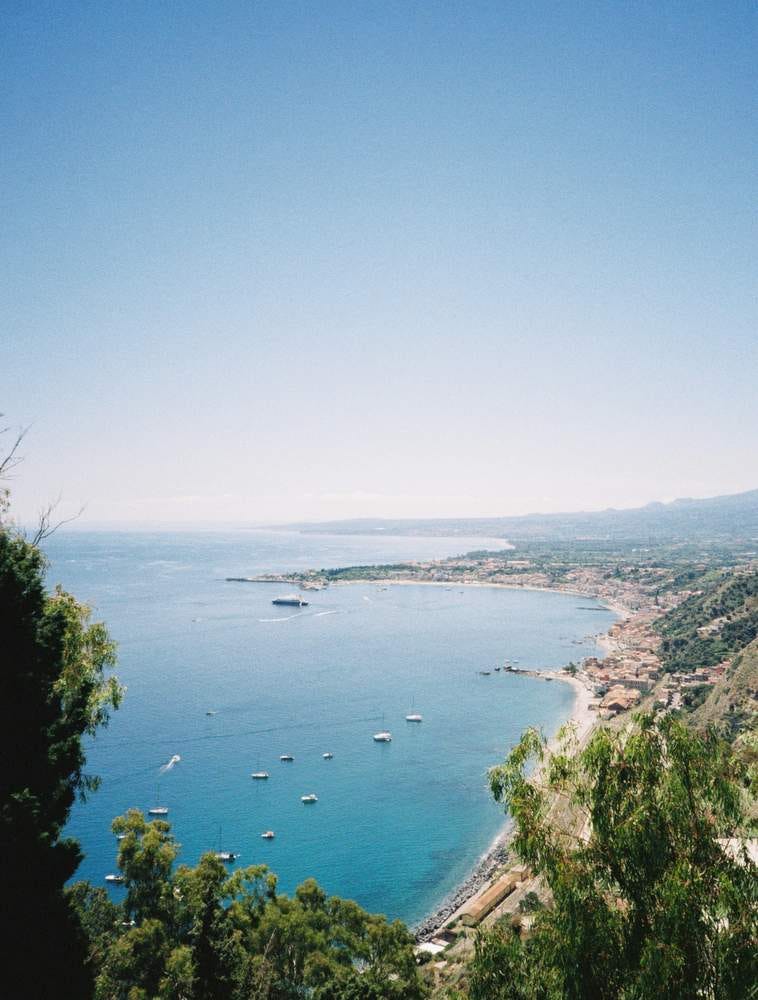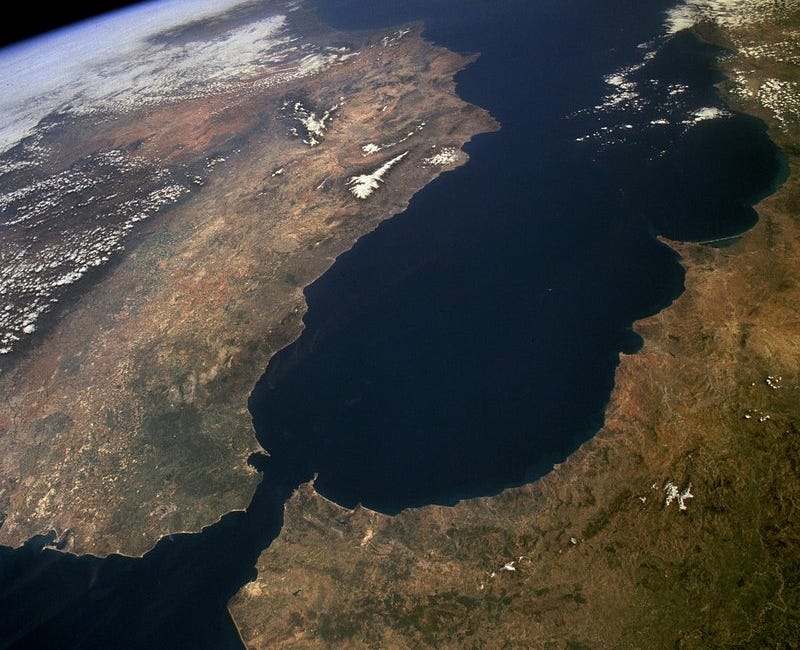Hello! This is Everything Is Amazing, a newsletter about science, awe and wonder. Let’s start with this frankly ridiculous example of whaaaaat oh come on: I know, I know. You’ve seen this Pixar short before - either it’s a still from that film, or it’s more of that A.I. slop that makes Facebook so relentlessly un-fun these days. But wait, no. This ridiculously cute sky-floof is indeed a real bird - the Hokkaido Long-tailed Bushtit. nicknamed the “Snow Fairy” in Japan where many people are more than a little obsessed with them. And rightly so, of course: Unfortunately, their absurd good looks have indeed led to some feckless ‘enhancement’ of some of the photos of them bouncing around social media, which is how I know about them, because I reposted a tweaked pic on Bluesky and rightly got corrected on it. Once again, this is what they really, truly and actually look like, courtesy of photographer Kazuo Ishikawa (whose online portfolio I haven’t been able to track down so I haven’t been able to link to it): But Snow Fairies aren’t just remarkable because of their good looks, as Brandon Keim writes here at National Geographic:
So isn’t that interesting (a follow-up question: does that mean non-human creatures could experience aphantasia?) and hey, isn’t science so….sciencey, and so on. Whatever, because oh good grief JUST LOOK AT IT. Anyway. Cough. Since this newsletter is rapidly turning into shameless cutebait (OMG look at the baby otter learning to swim!!!) let’s move swiftly on. Since starting this newsletter in early 2021, a number of things have become clear to me:
Seriously so, on that last point. It may be getting drowned out in your news feeds by what’s happening in the Middle East and Ukraine and in American politics and way too much else. But every day, incredibly smart people working in all the sciences are transforming the world we live in. (Mostly, I believe, for the better - but I’m an idiot, so what would I know.) For someone like me in their 50s who can still remember having to go into the bank to draw out money (remember those *shonk-SHONK* mechanical card machines? Haha me neither oh god yes like it was yesterday), or if you just learned how Star Trek “invented” the iPad 23 years before Apple did, well, this speed of this change is bewildering. But it’s also deafening. It’s so very easy for the smaller, fascinating, encouraging breakthroughs to be drowned out by the short-term OMG EVERYTHING IS ON FIRE things that terrorize our attention-spans every day. I feel like I should be doing more about this. Since I am lucky enough for you to have given me a platform to talk about these things and maybe shine a brighter light towards the folk doing the real work, well - how can you better do that, Mike? For starters, beginning today for paid subscribers, is a new, regular roundup of the science headlines that caught my eye but haven’t (yet) made their way into any of my stories. I’m no expert curator like Jodi Ettenberg or Lev Parikian, but I’ll do my best to explain why I find these headlines so interesting, unpacking them for you in my usual dog-chasing-after-a-stick manner. Today: mysterious signals from the Antarctic ice and exciting steps towards human super-healing - but first we begin on a hillside in Sicily. 1. Chasing The Megaflood Onto LandRemember my take on that ancient flood on a mindboggling scale that roared into the Mediterranean with the force of a thousand Amazon rivers? Since this is still only a proposed model for what happened - albeit one with evidence that’s increasingly hard to explain in any other way - the hunt is currently on for more proof to back it up. Until now, no traces of the Zanclean megaflood have been discovered on land. This certainly makes sense considering how this event filled the desiccated bowl of the Mediterranean with vertical kilometres of seawater. The place to look, logic suggests, is underwater. But Giovanni Barreca of Italy’s University of Catania suspected otherwise. He grew up in Sicily, and knew that some of the hills in the southern part of the island have a smooth-sided teardrop shape - a sign of being carved by running water, like the submerged islets at the bottom of the English Channel shaped by this ice-age megaflood. When he took rock samples from deposits near the top of these Sicilian hills, he found they contained types of rock only found in much deeper layers, which must have been carried upwards and dumped there. (I’m reminded of how in my childhood hometown in East Yorkshire, there’s a colossal boulder by the side of the road, made of a type of rock not found in that part of England. It was carried there 10,000 years ago by moving ice - another demonstration of the astonishing power of water in all its forms.) Barreca and his colleagues estimate that at its fiercest, the megaflood was racing along at 115 kph (71 mph), with sufficient power to roar completely over the tops of these hills, which is astonishing considering they now stand around 100 metres above sea level, and were then even higher. It must have been one hell of a sight. 2. Not To Worry You, But Some ‘Thing’ Is Emitting Mysterious Radio Signals In Antarctica...Subscribe to Everything Is Amazing to unlock the rest.Become a paying subscriber of Everything Is Amazing to get access to this post and other subscriber-only content. A subscription gets you:
|






